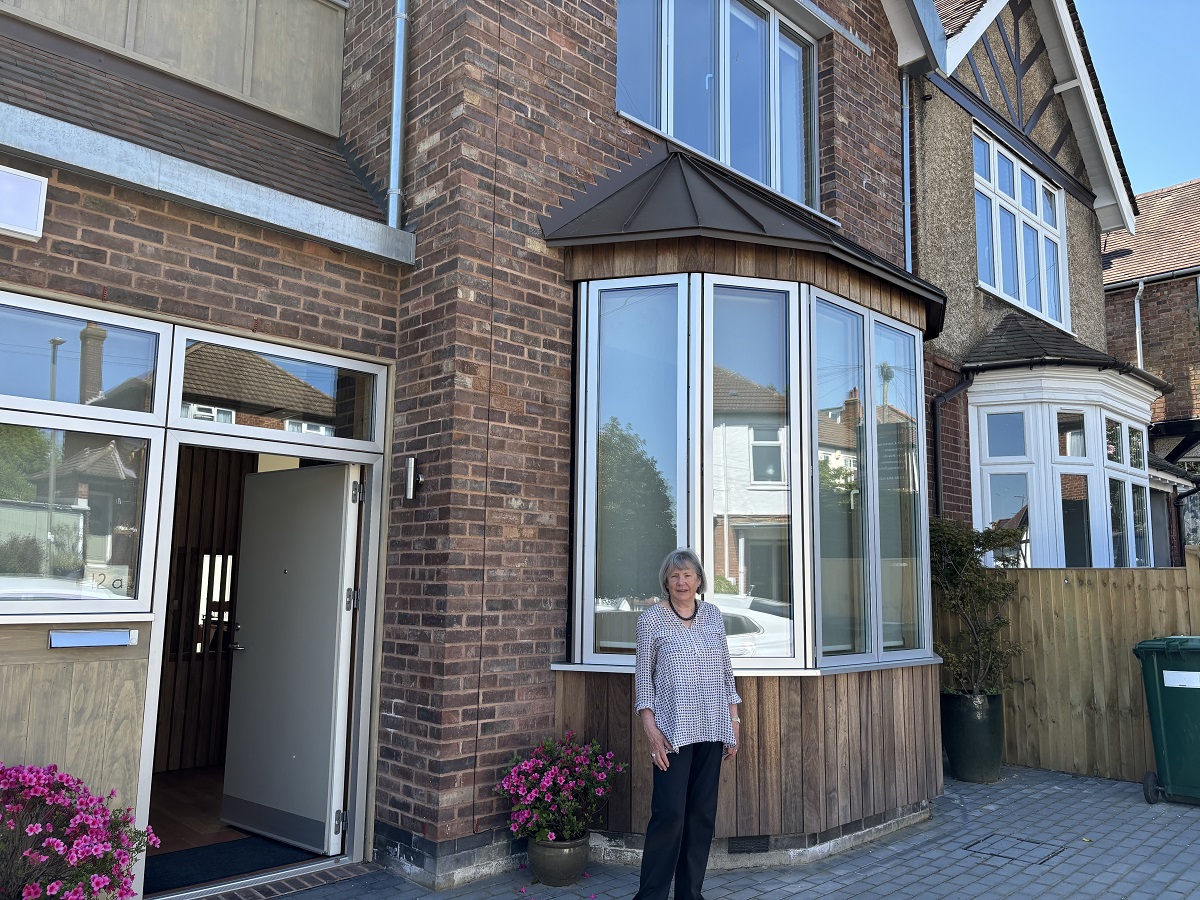
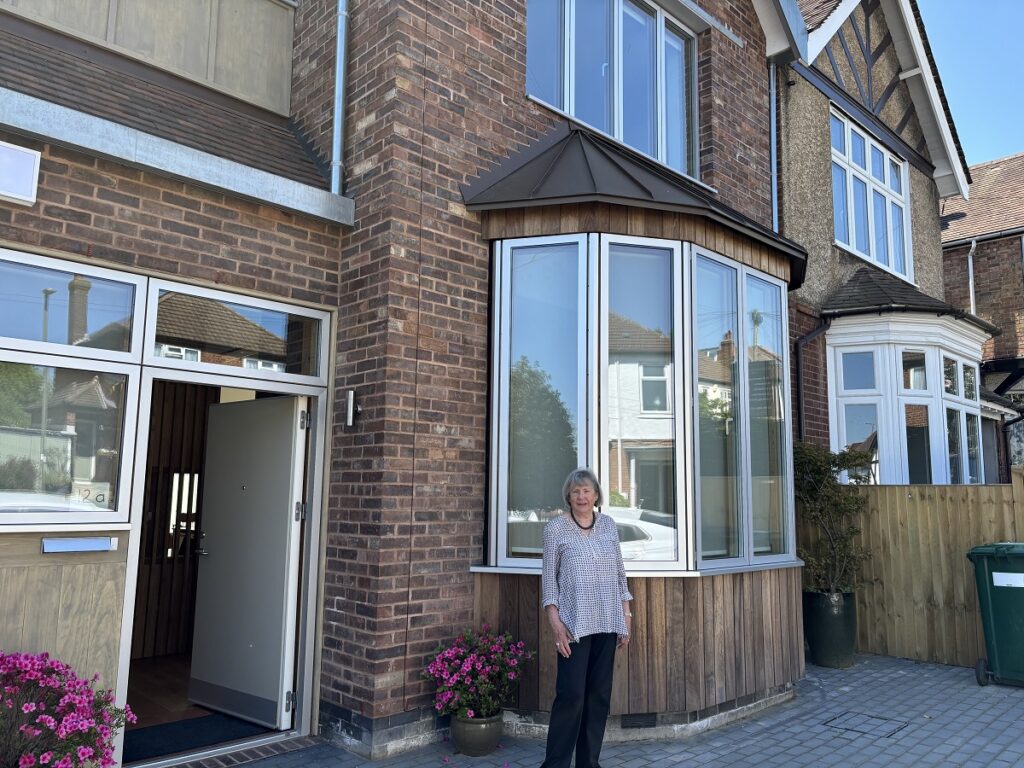
Being able to downsize to a smaller property – and a chance to stay in the same locality – is an aspiration shared by many of the established residents who have homes in and around High Barnet.
Kathryn Finlayson, a long-time resident of East Barnet, has pulled off this feat in style.
She has moved to a new, smaller, eco-friendly house which is next door to what had been a family home for 60 years, midway between Church Hill Road and Oakleigh Park Station.
She readily acknowledges her good fortune.
Kathryn did have a house to sell and space alongside large enough for a new architect-designed property complete with a bedroom, living area and the facilities she needs all on the ground floor, with two bedrooms above.
Her achievement, at the age of 83, has won national acclaim.
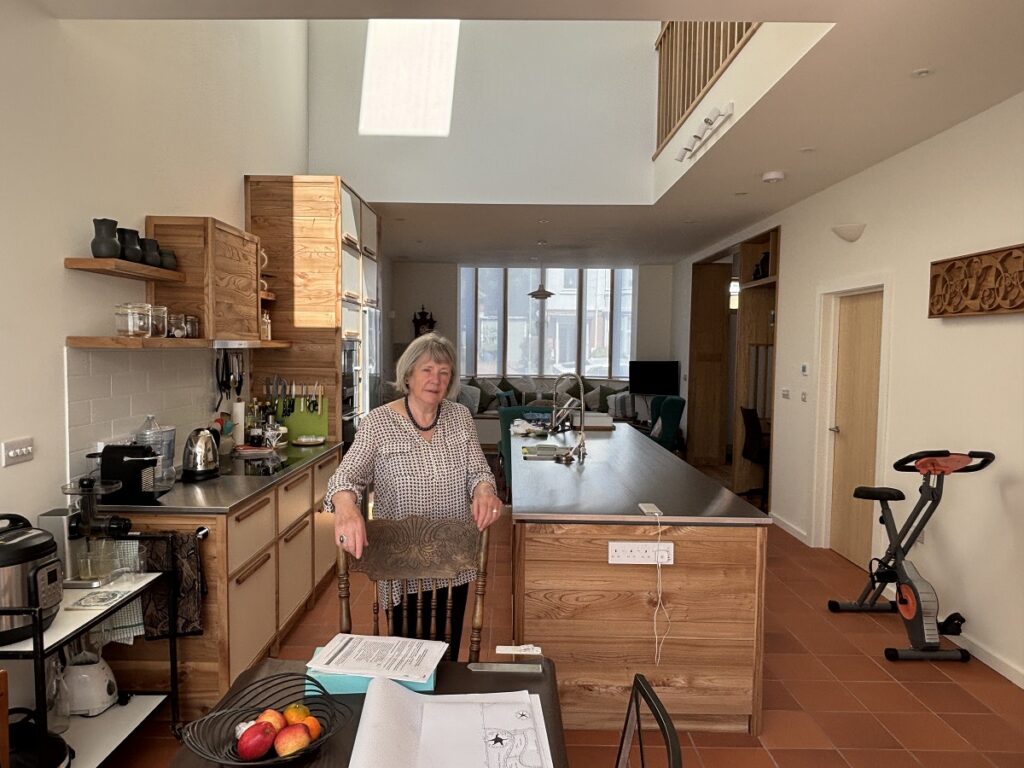
Her ambitious, high spec self-build won glowing praise from television presenter Kevin McCloud when he visited the house for his programme Grand Designs, which was followed by an expansive feature spread in House Beautiful.
Kathryn decided to see if she could downsize – and still live nearby – after the death of her husband Jon, who was a prominent East Barnet architect.
He designed St John’s United Reform Church at the corner of Somerset and Mowbray Roads, New Barnet, which was opened in 1968 and won a Civic Trust award.
“After Jon died in 2022, I decided with the family to see if we could build a new house on our plot next door.
“Our family house was too big for me, expensive to run, and needed a lot of improvement like a new boiler and electrics.
“Jon had built a music room on the plot, and I knew it was big enough for a house as developers searching Google earth were always wanting to buy it.”
Kathryn’s son introduced her to architect James Mak who came up with the idea of a living area and bedroom on one level with two bedrooms above for family members.
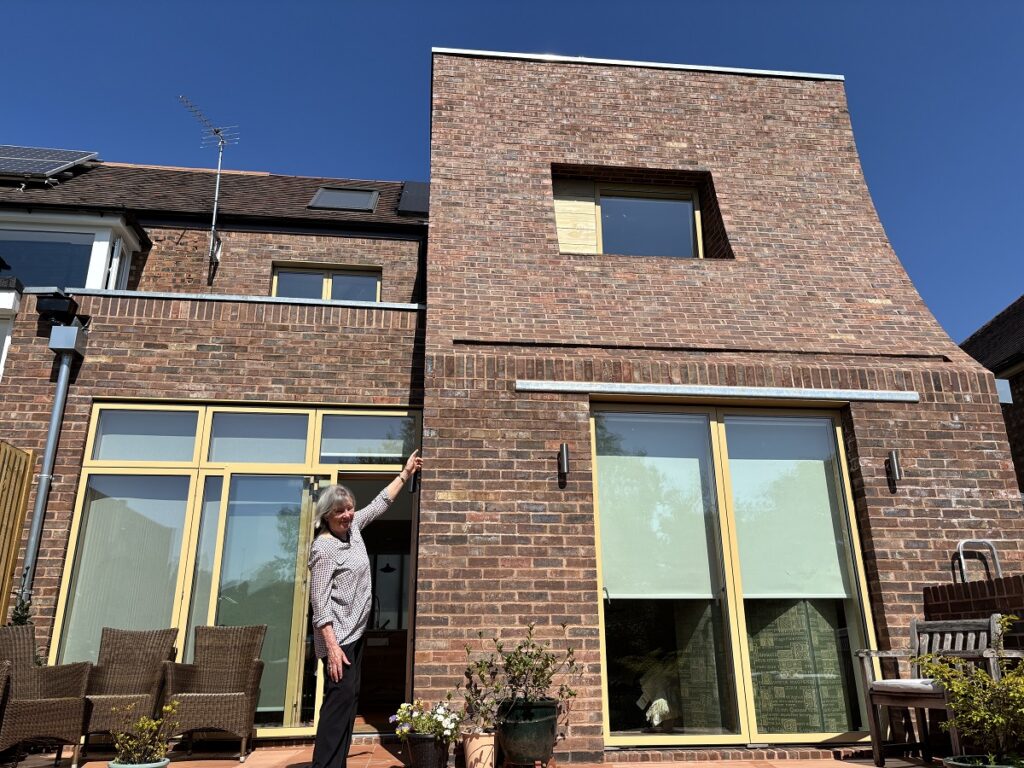
“His drawings and design for the house were lovely. It seemed like the dream solution as I would end up living in the same street in a new super-efficient, low-cost home.”
Built London Ltd started construction in September 2023 and Kathryn moved in in November last year.
“Here I am living in an ideal position close to so many friends, near the station, and just a short walk to East Barnet village and lots of bus routes, which will be so important if I have to give up my car.”
The construction costs of over £800,000 were met from the sale of the family home next door, a four-bedroom Edwardian house built in 1908.
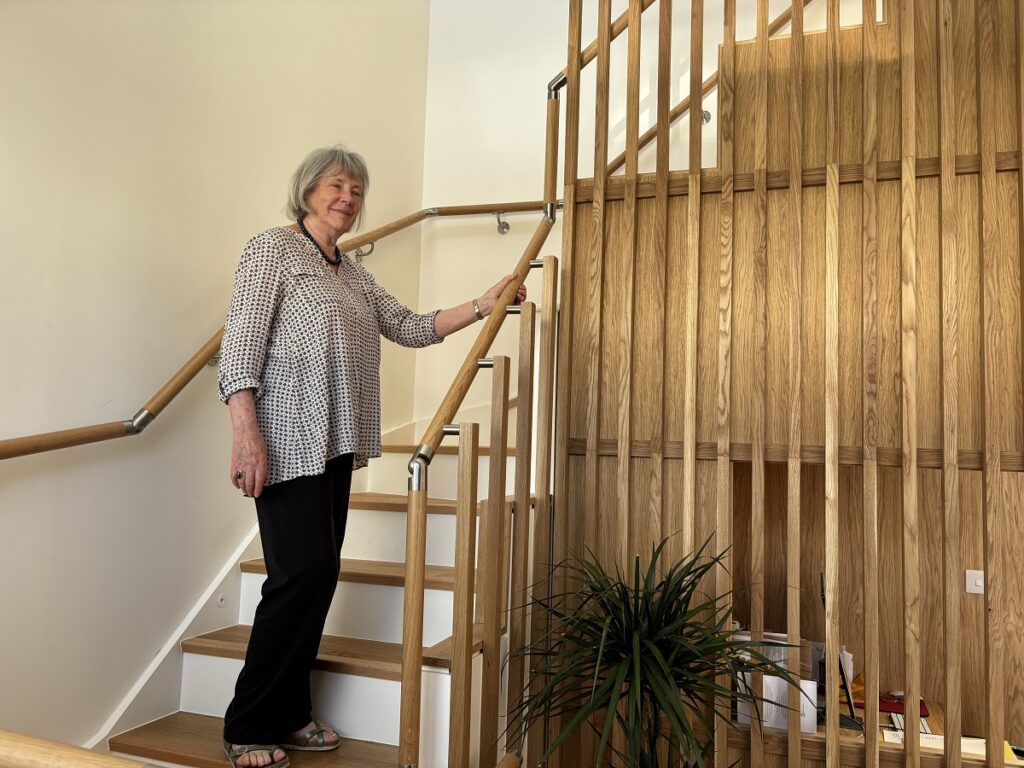
Kathryn was rather pensive for a moment when asked whether the whole exercise had all been a little daunting for an 80-year-old.
“Yes, I would do it again. The new house is so well insulated, with triple-glazed windows, and the energy use is so much more efficient, and I am delighted with the result.
“Perhaps if I was starting out again, I would think carefully as to whether it should all have been to such high spec.
“But then I did want it all to be as eco-friendly as possible and to save what material we could from Jon’s music room.
“He put down a wonderful elm floor and that wood has been used again in fitting out the kitchen and in building a new bookcase so that gives me real pleasure.”
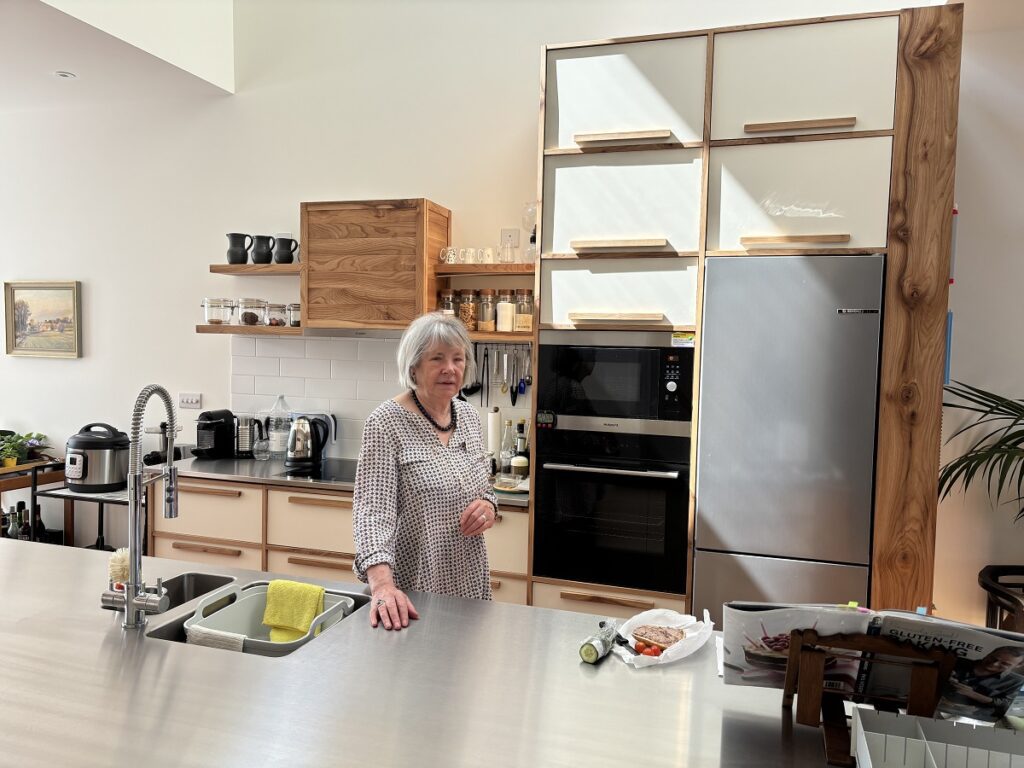
“I suppose my experience is an example as to how it is possible to downsize if you are fortunate enough to already own a property which can be sold to finance a new build.”
“I never thought we would attract the attention of Grand Designs but appearing on television has really raised my profile.
“I am very amused by the number of people who now say, ‘I’ve seen you on tv’ and who like to stand and admire the house.”

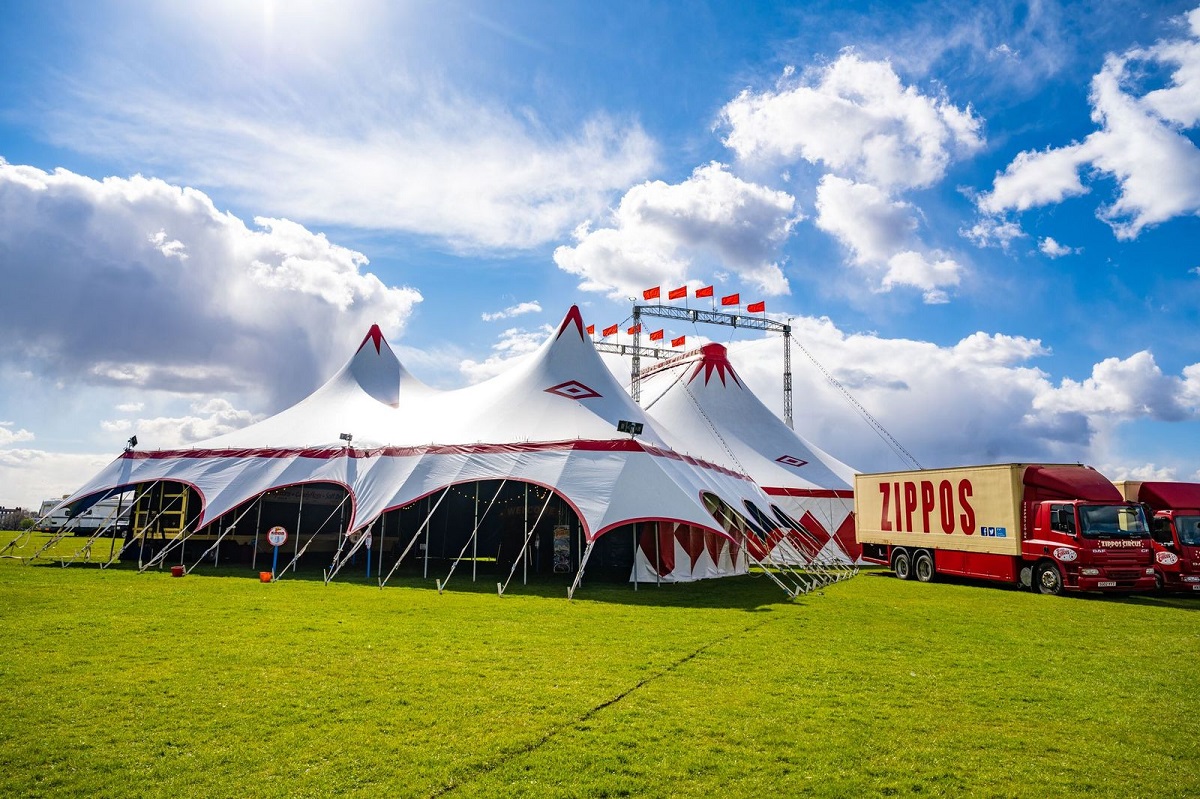

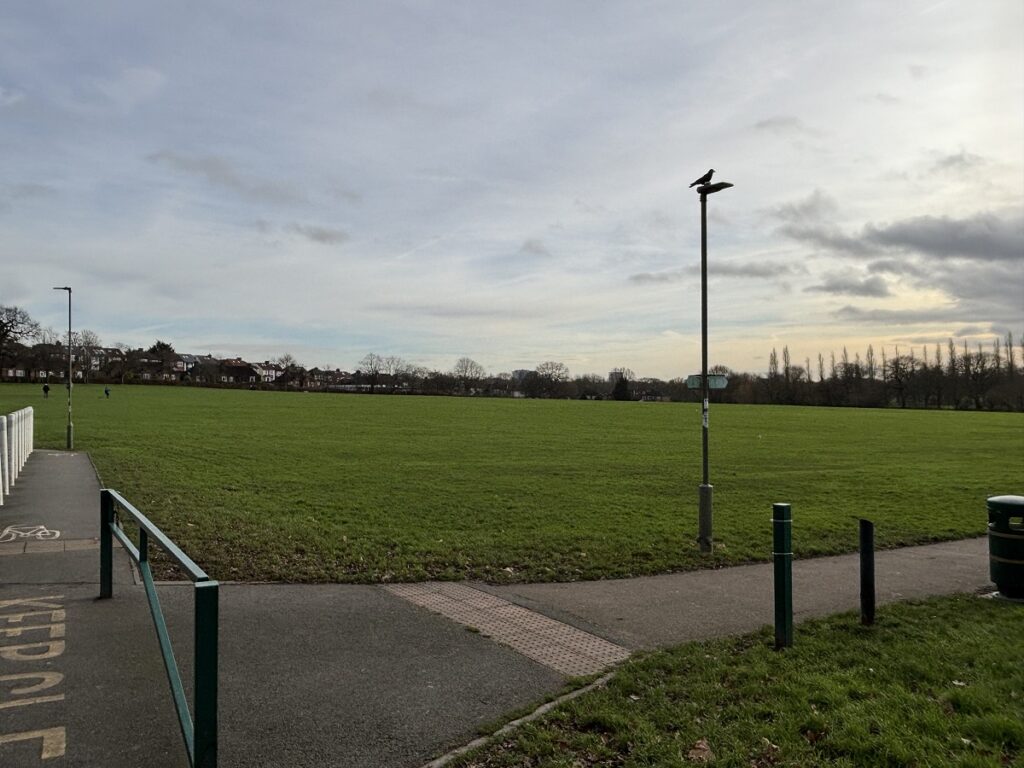
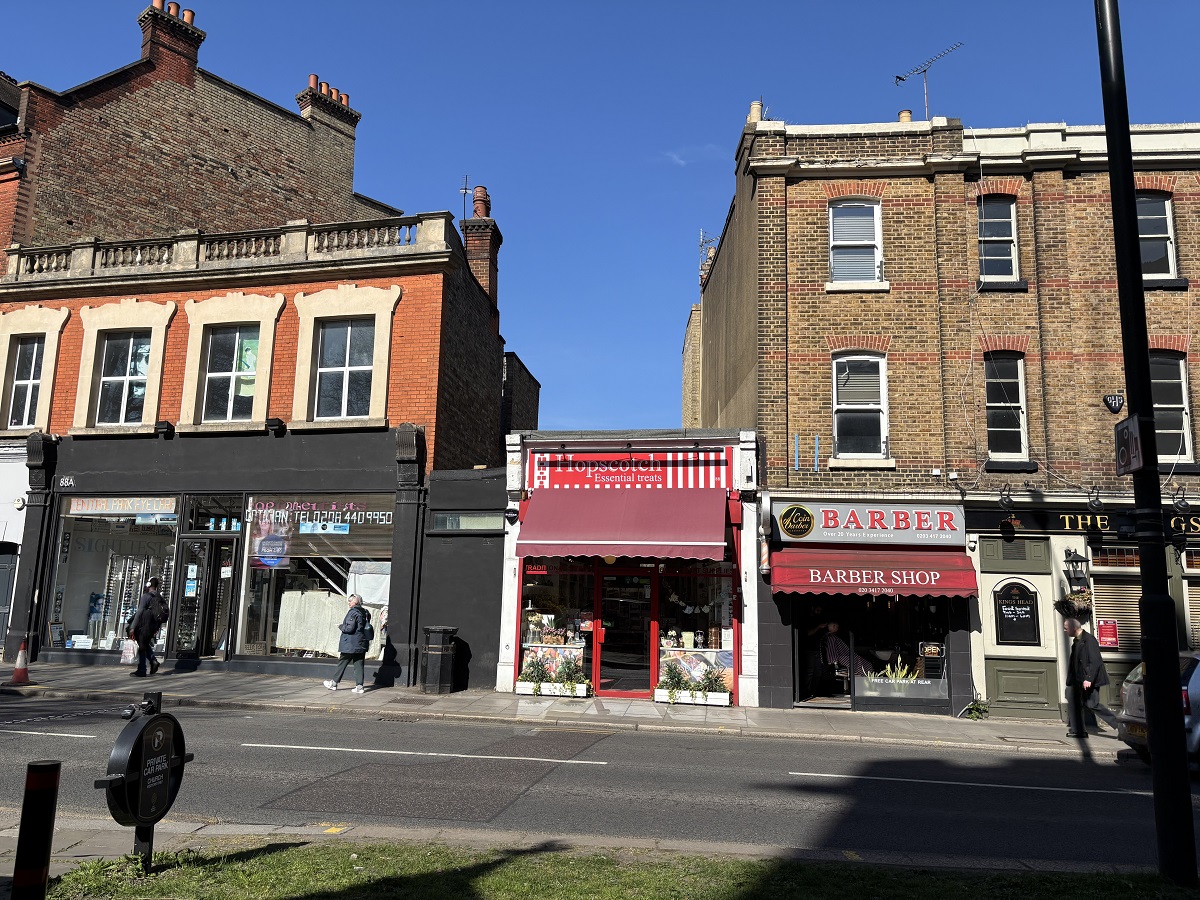
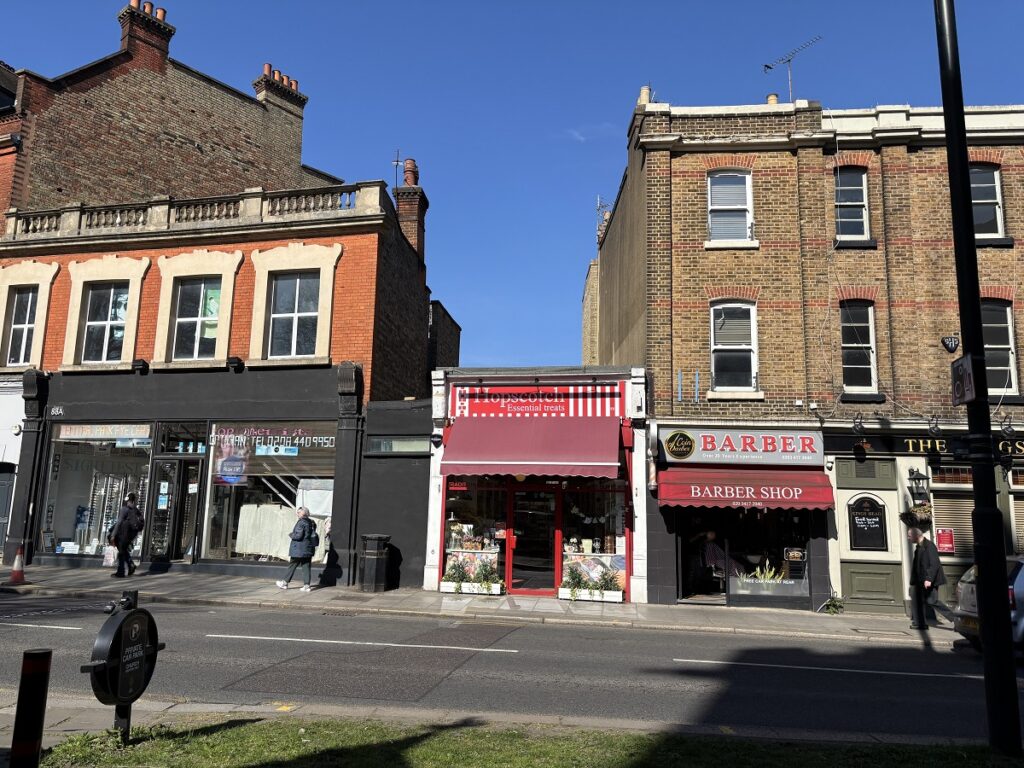
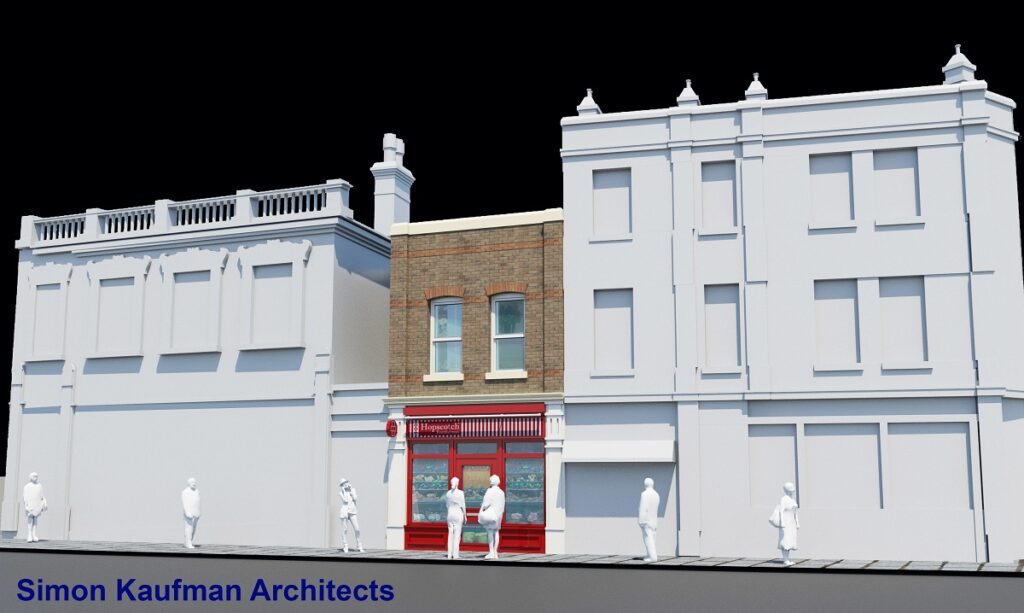
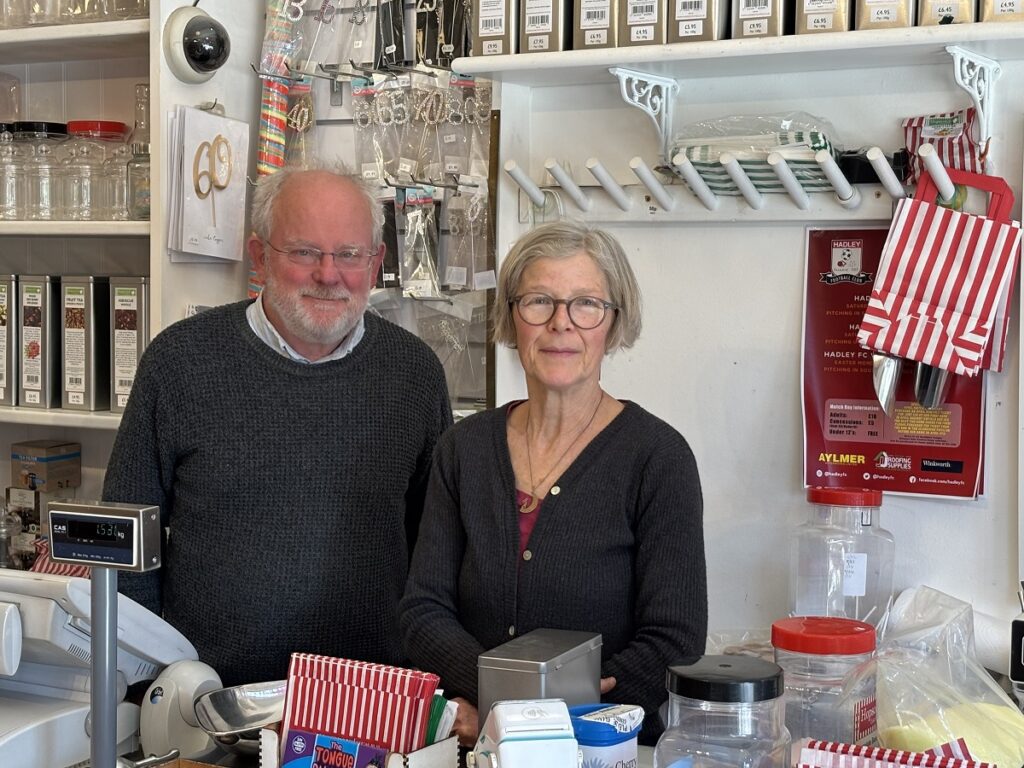
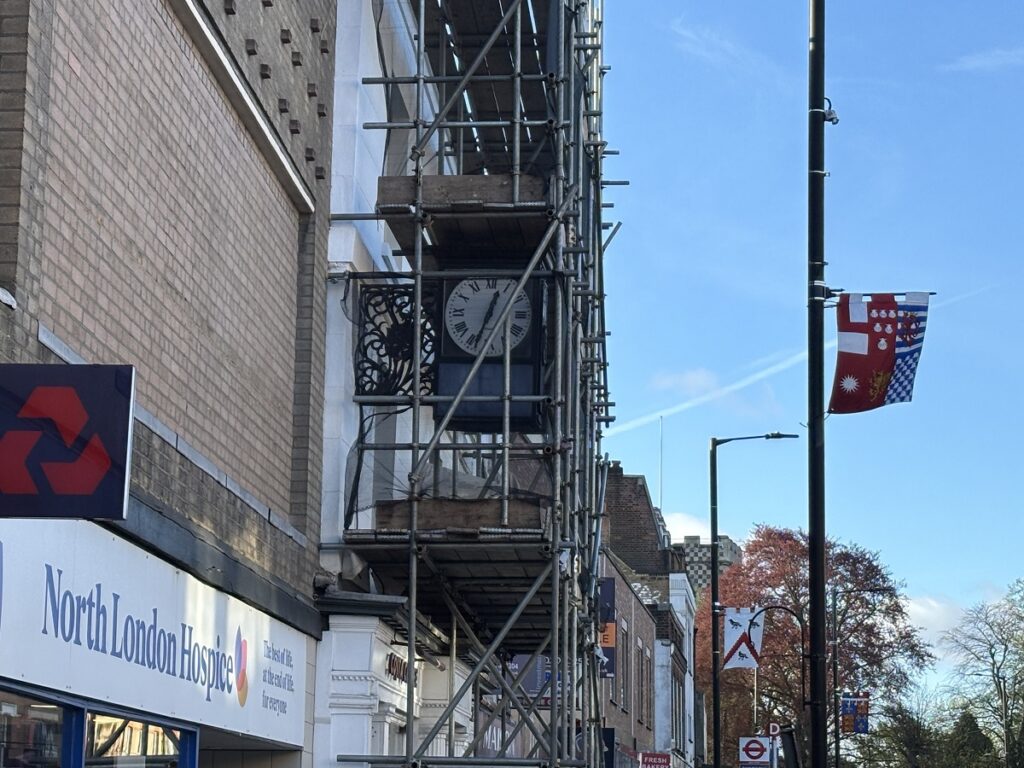
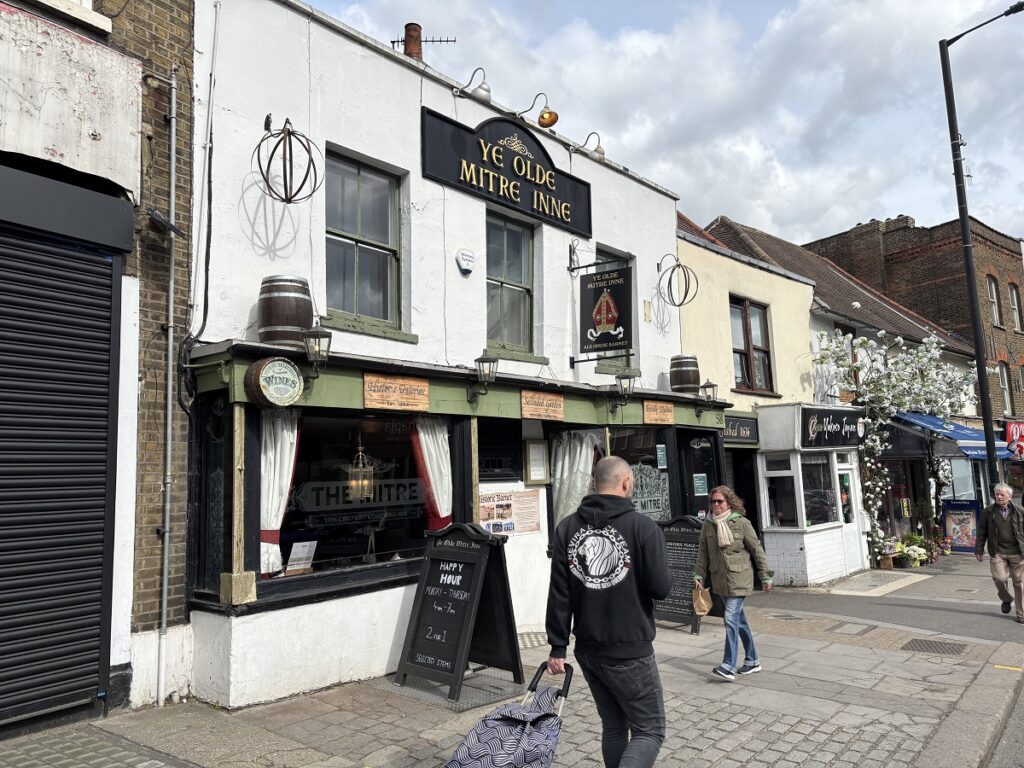
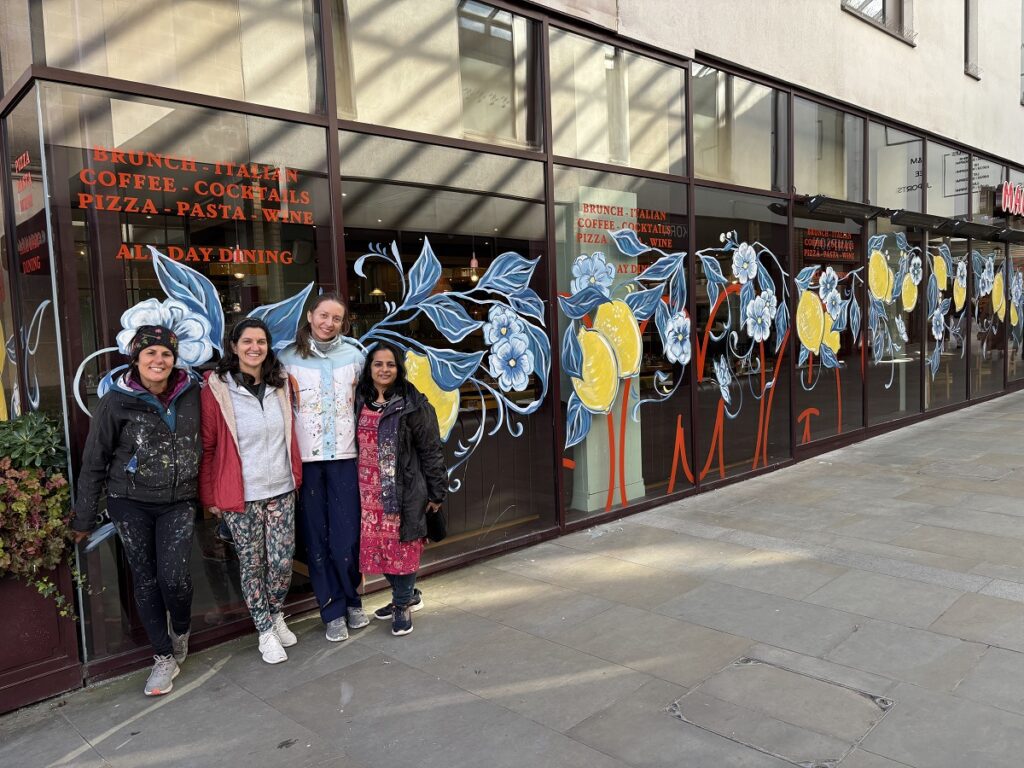
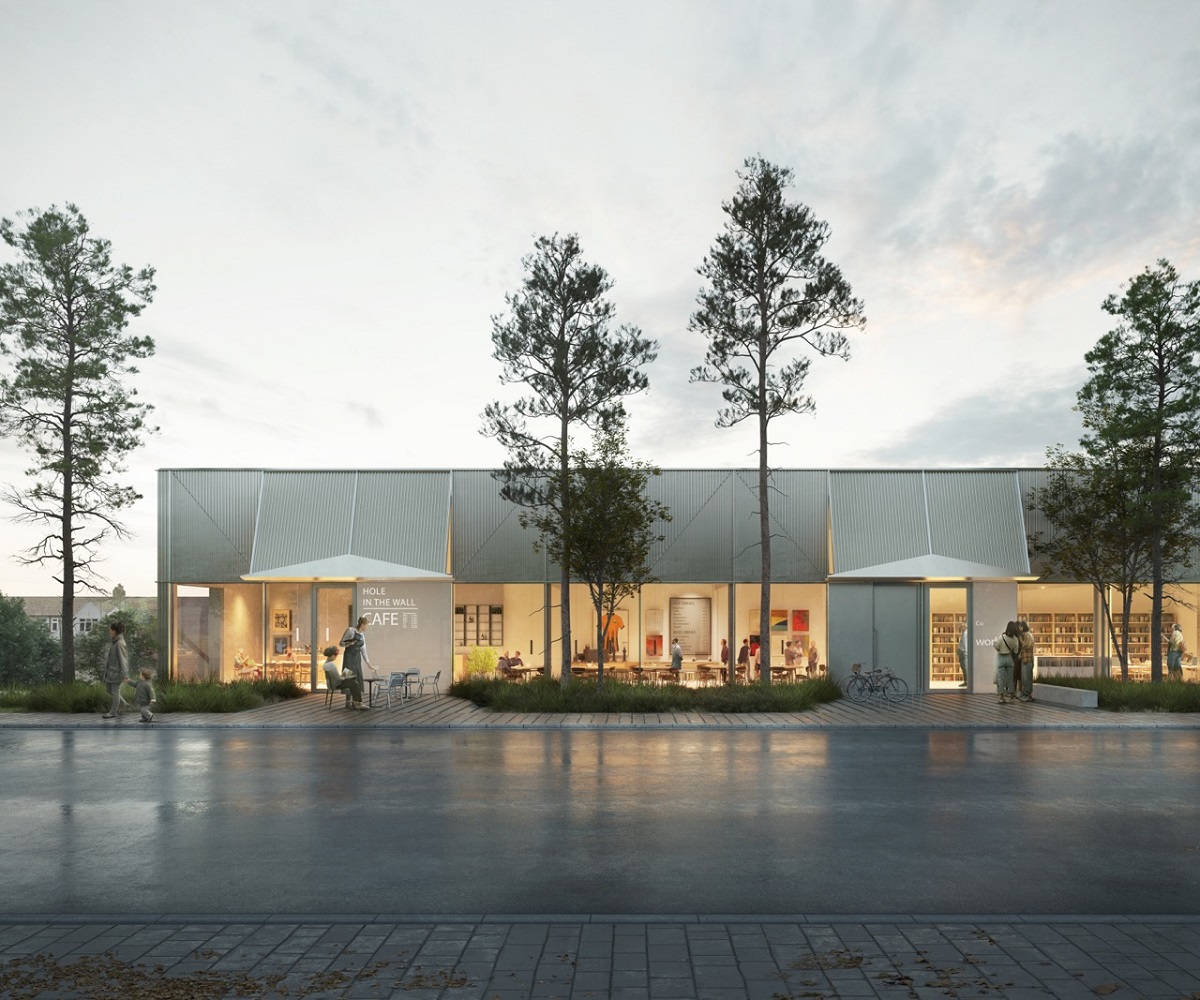
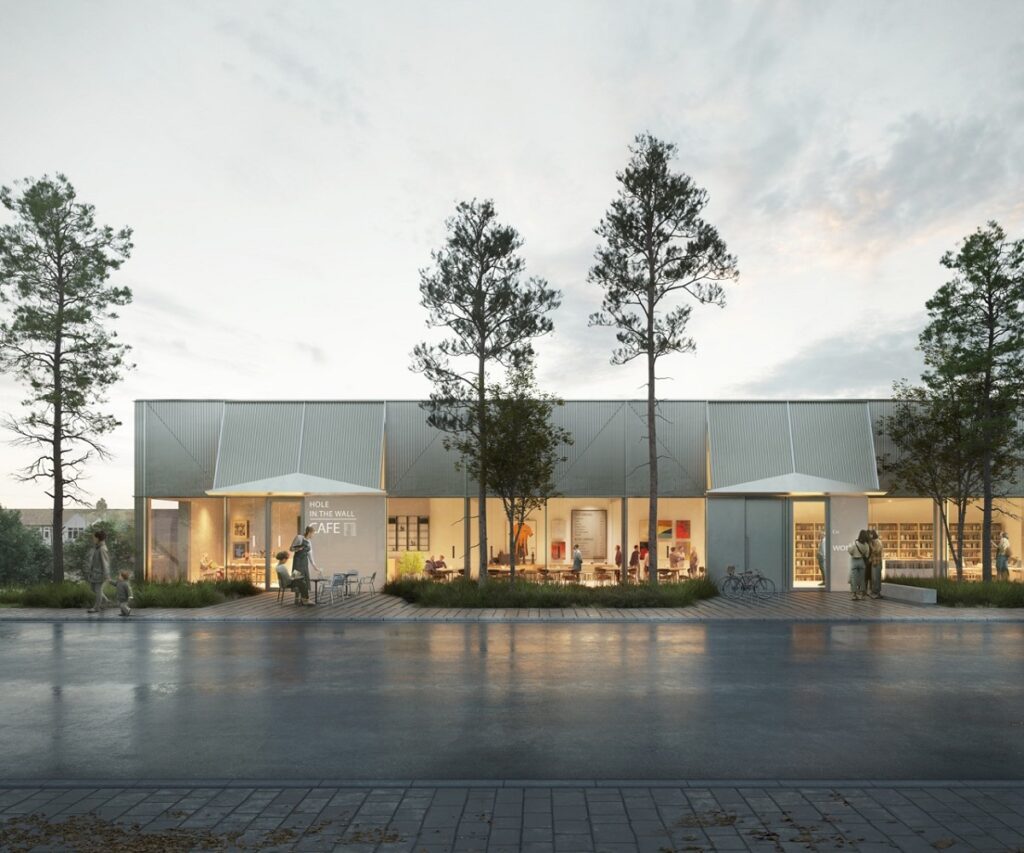
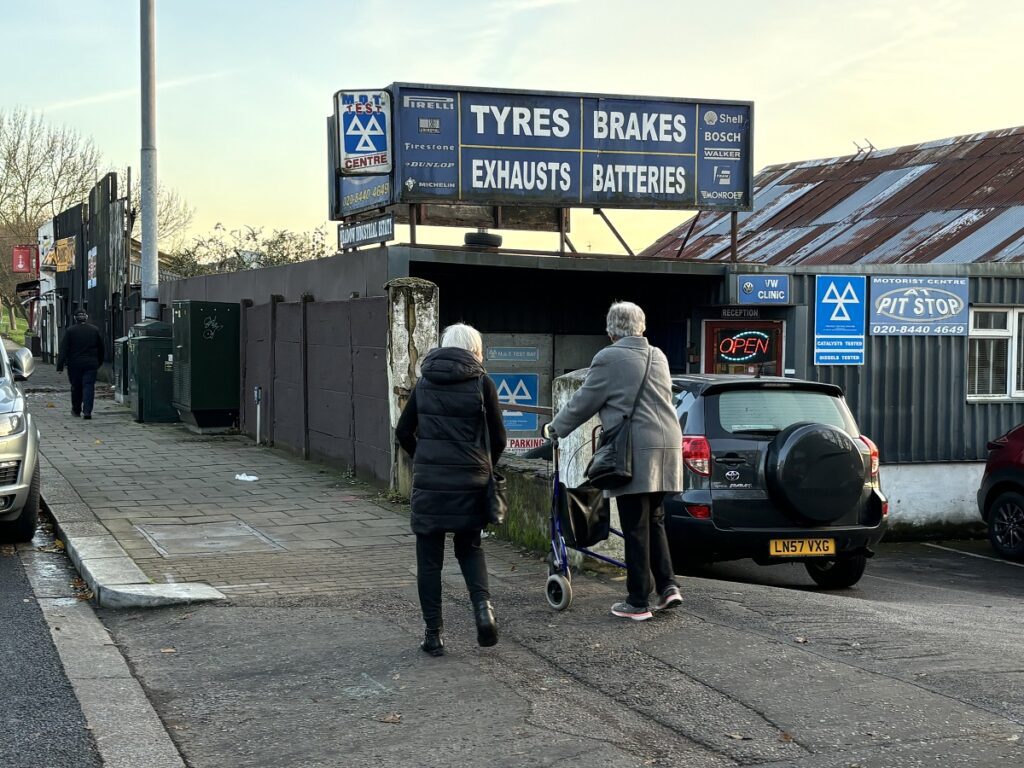
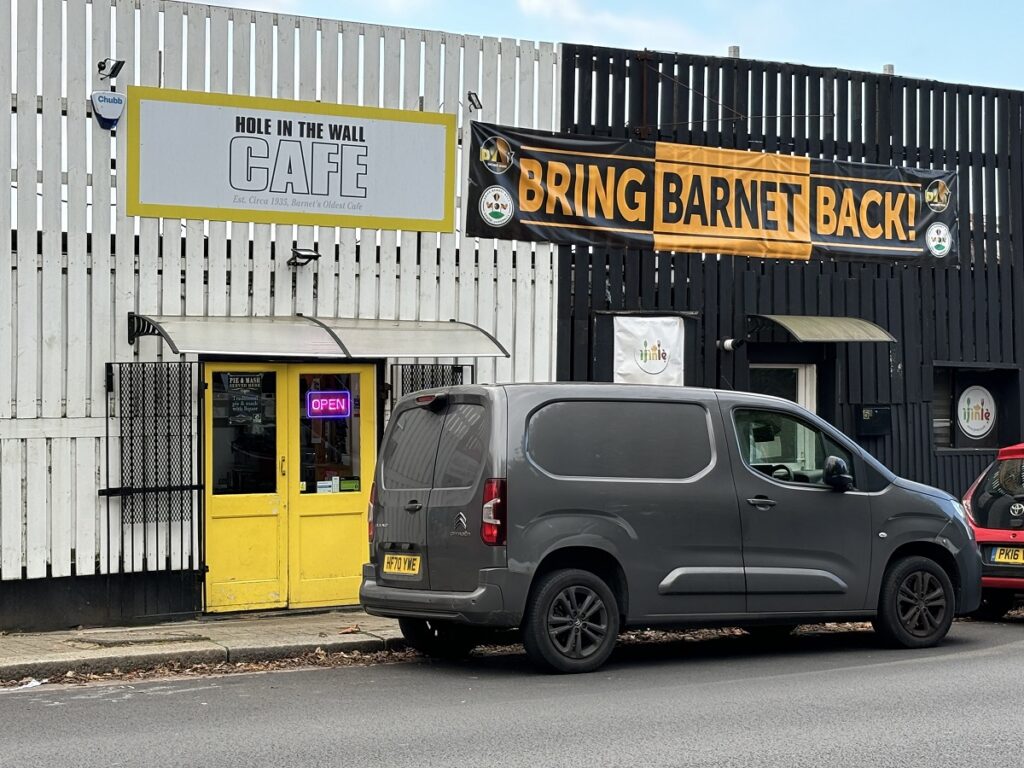
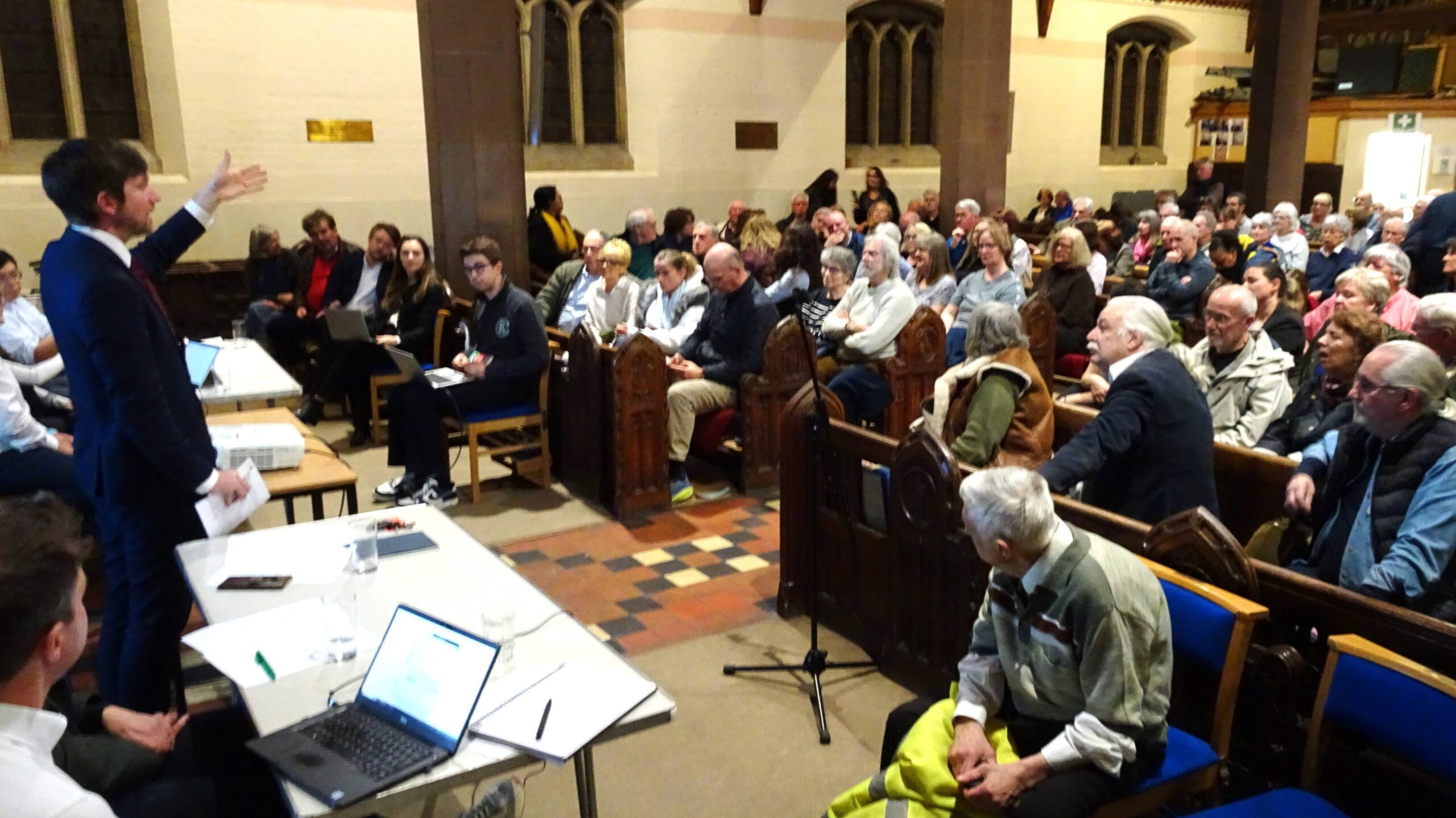
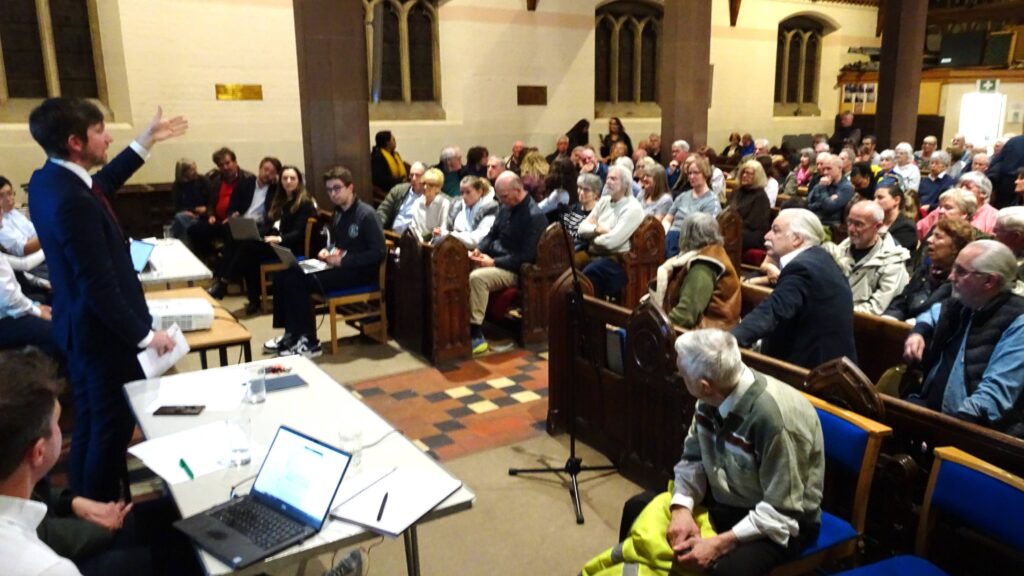
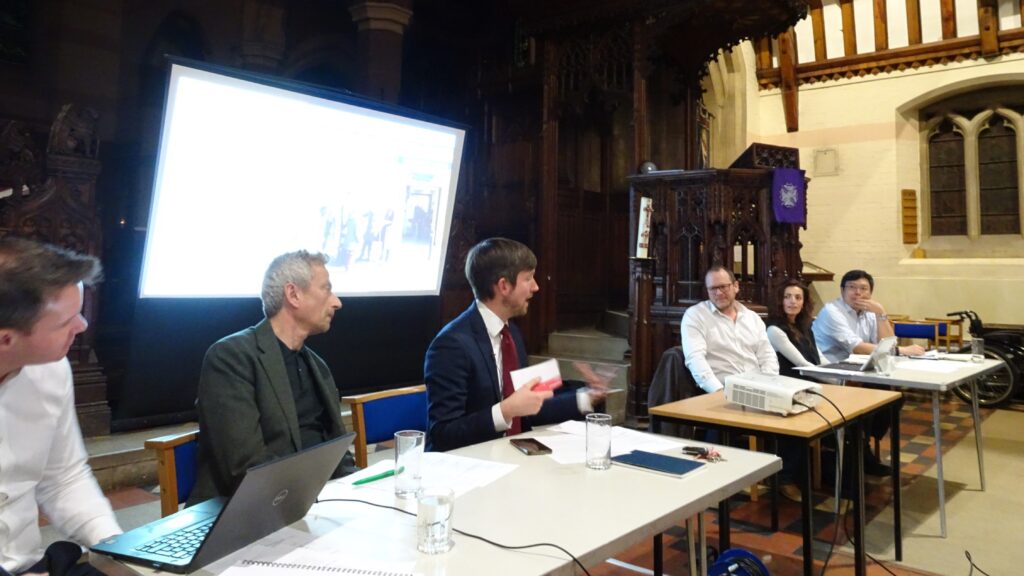
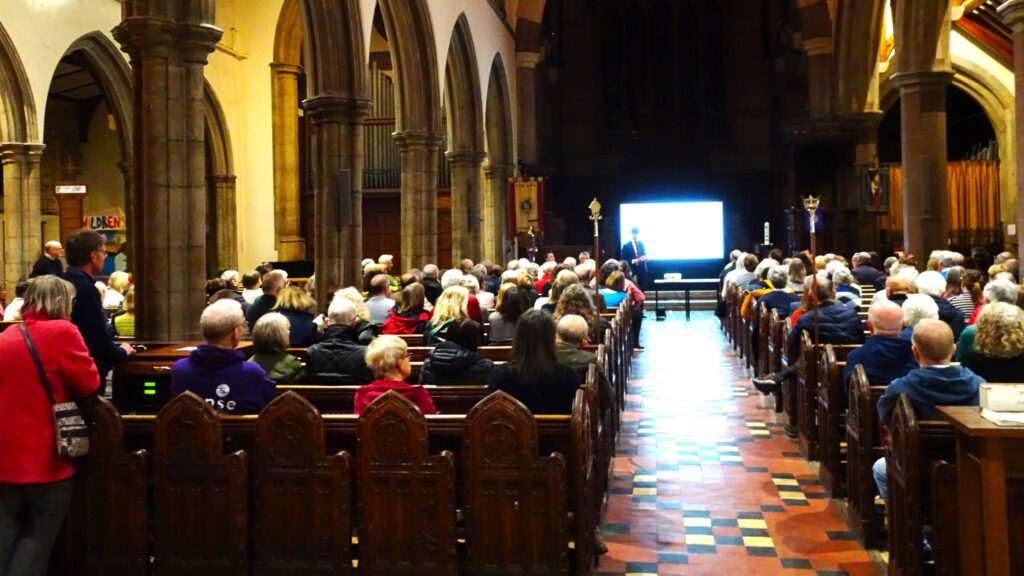
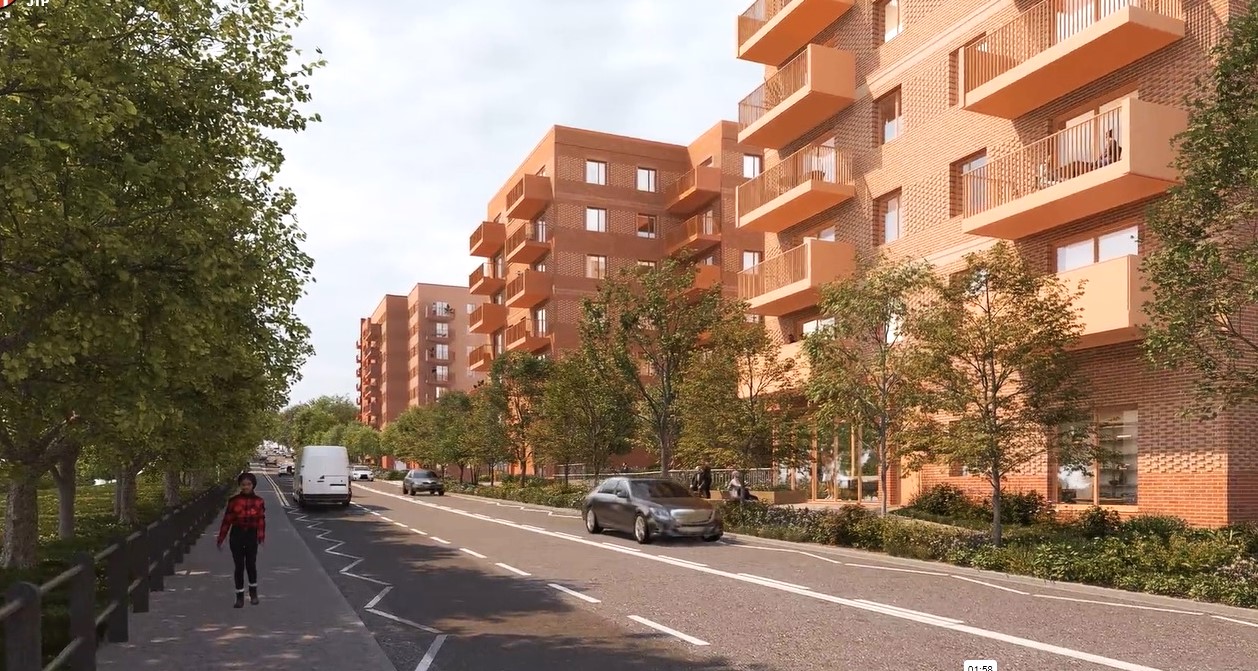
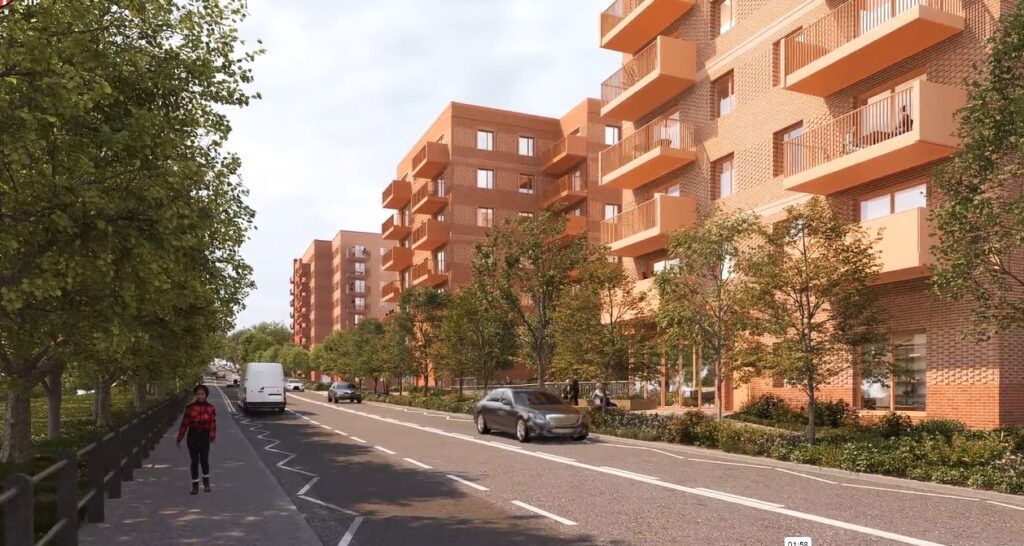
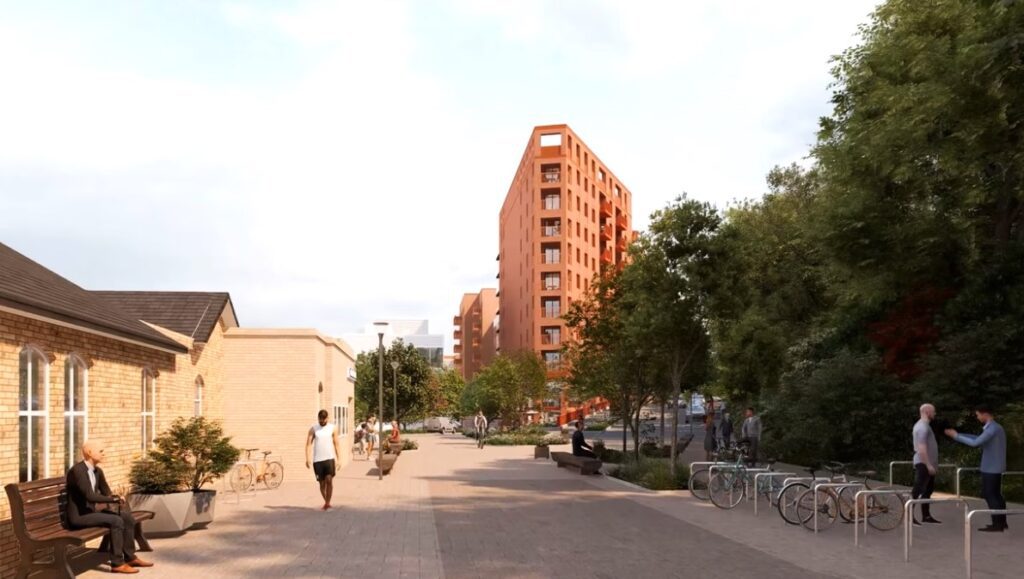
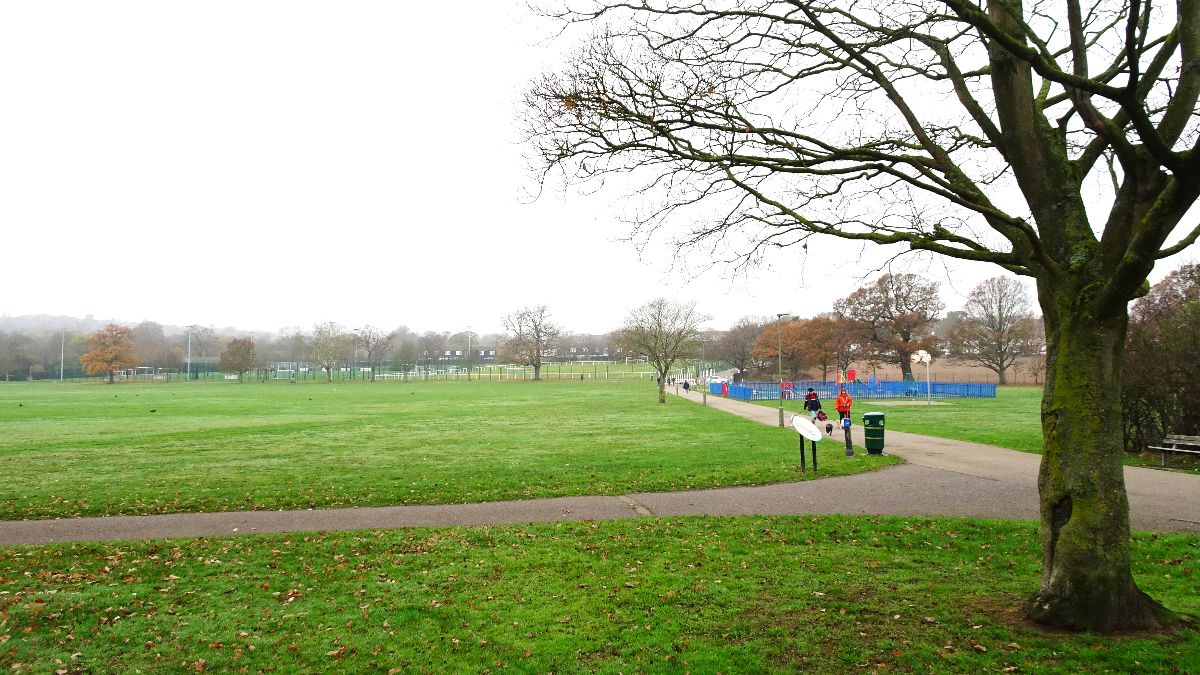
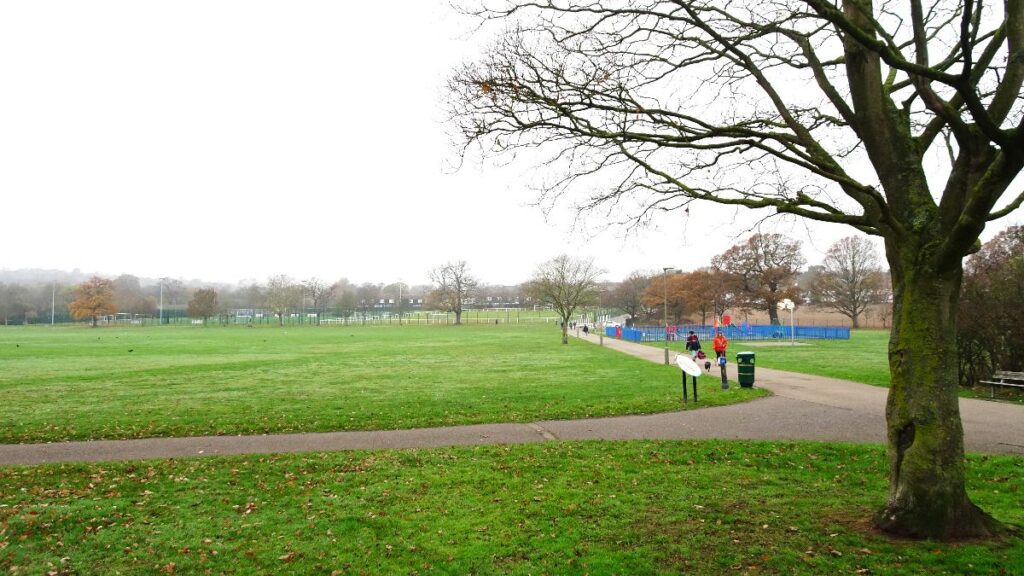
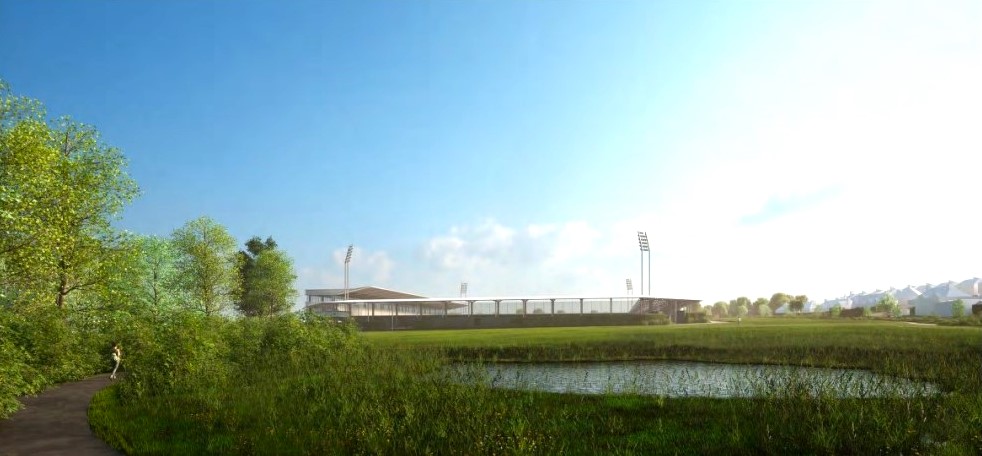
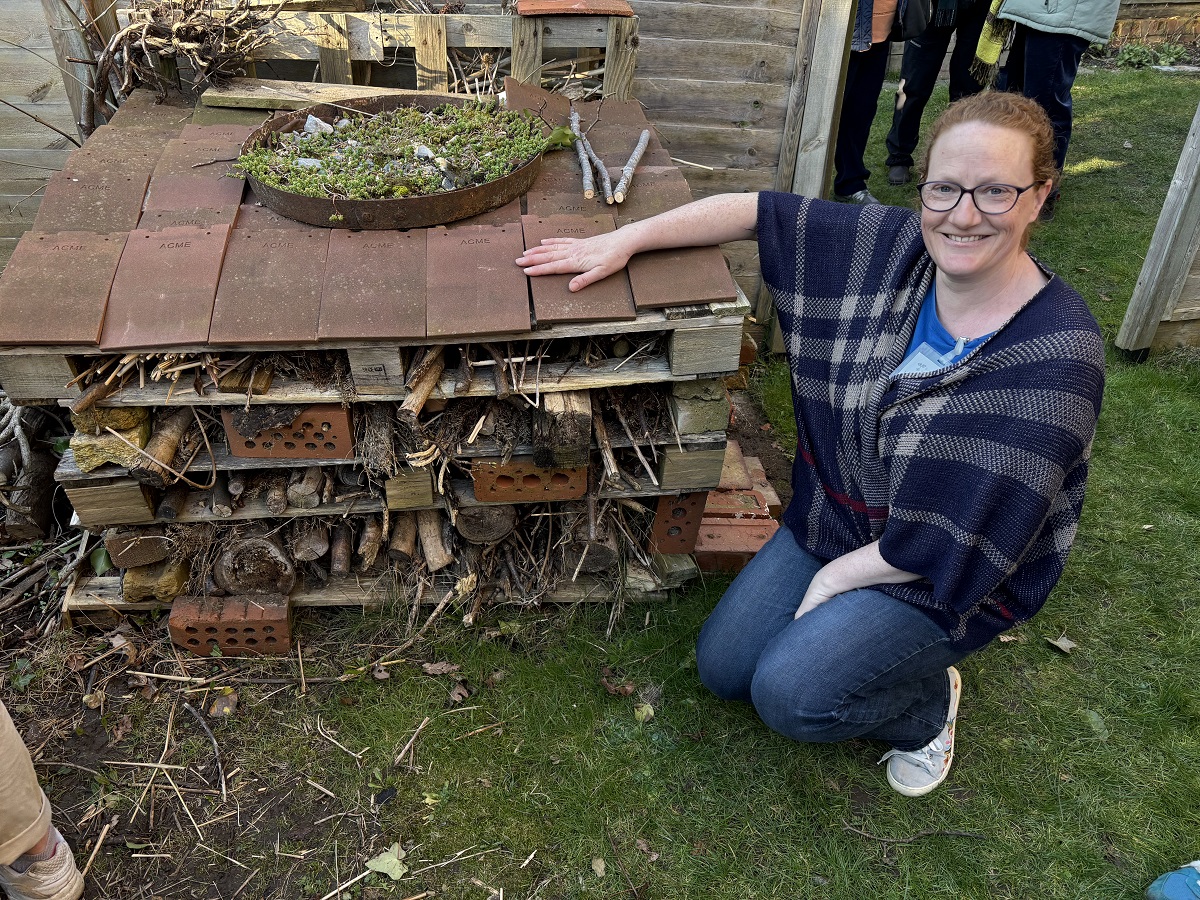
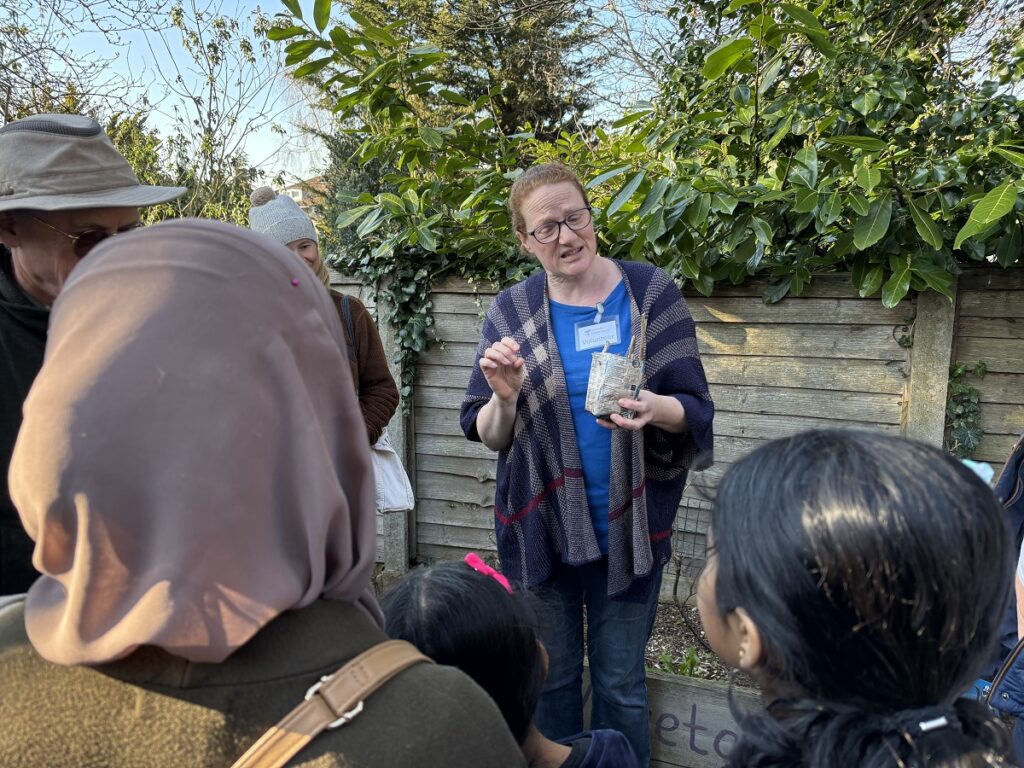
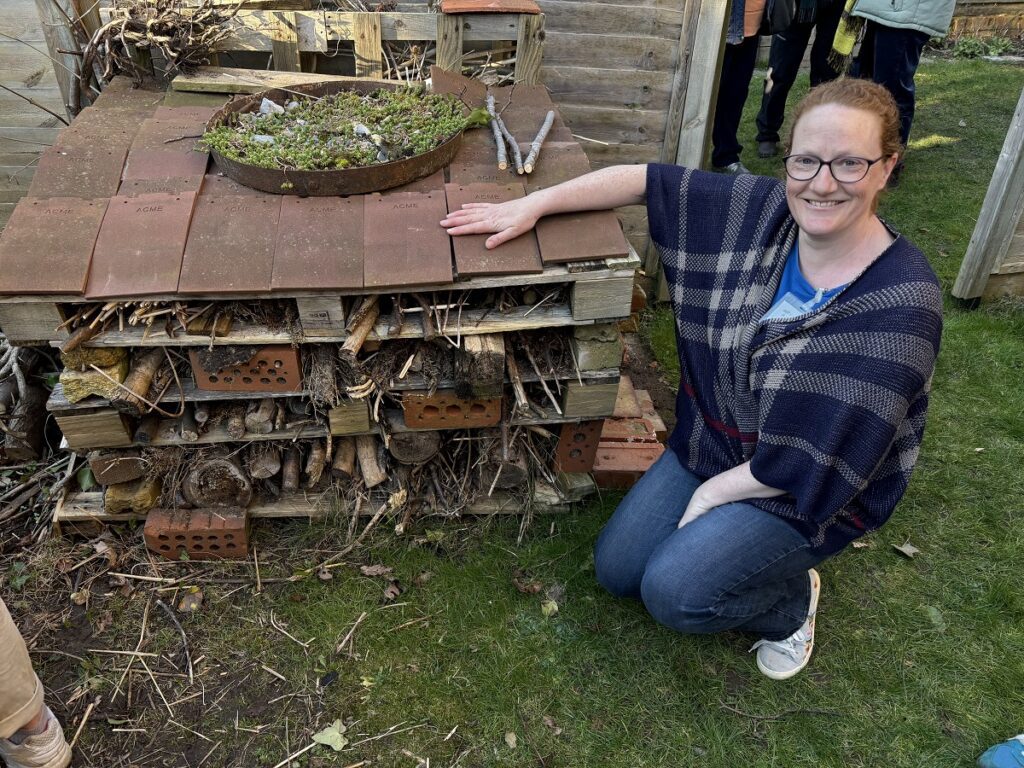
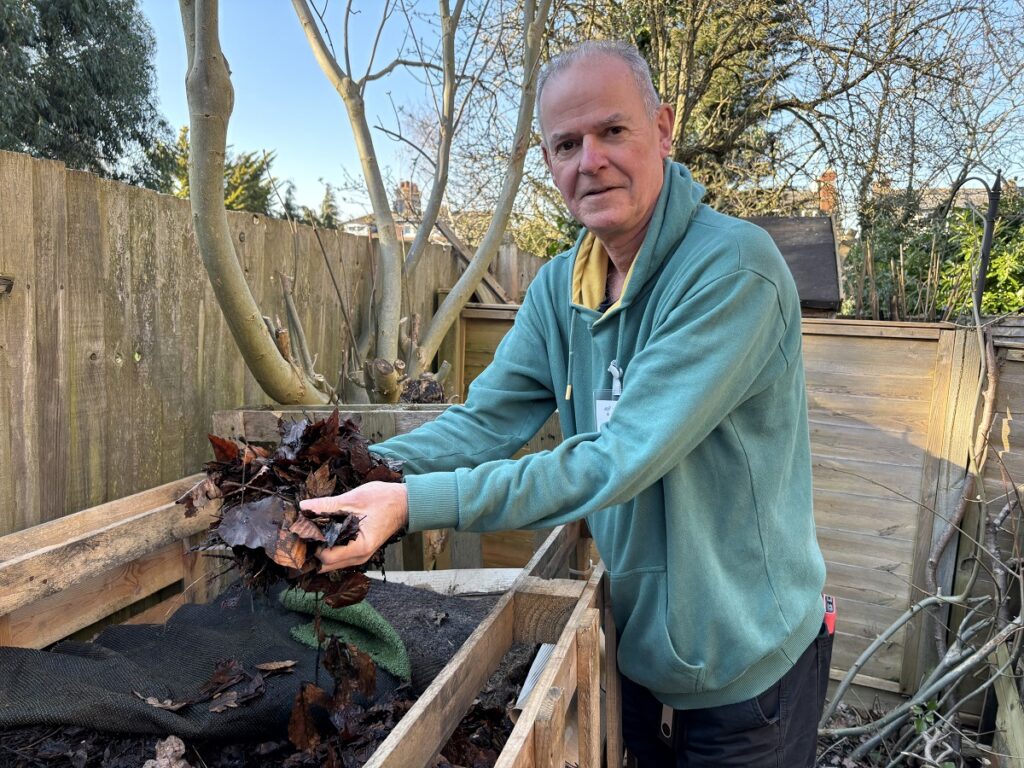
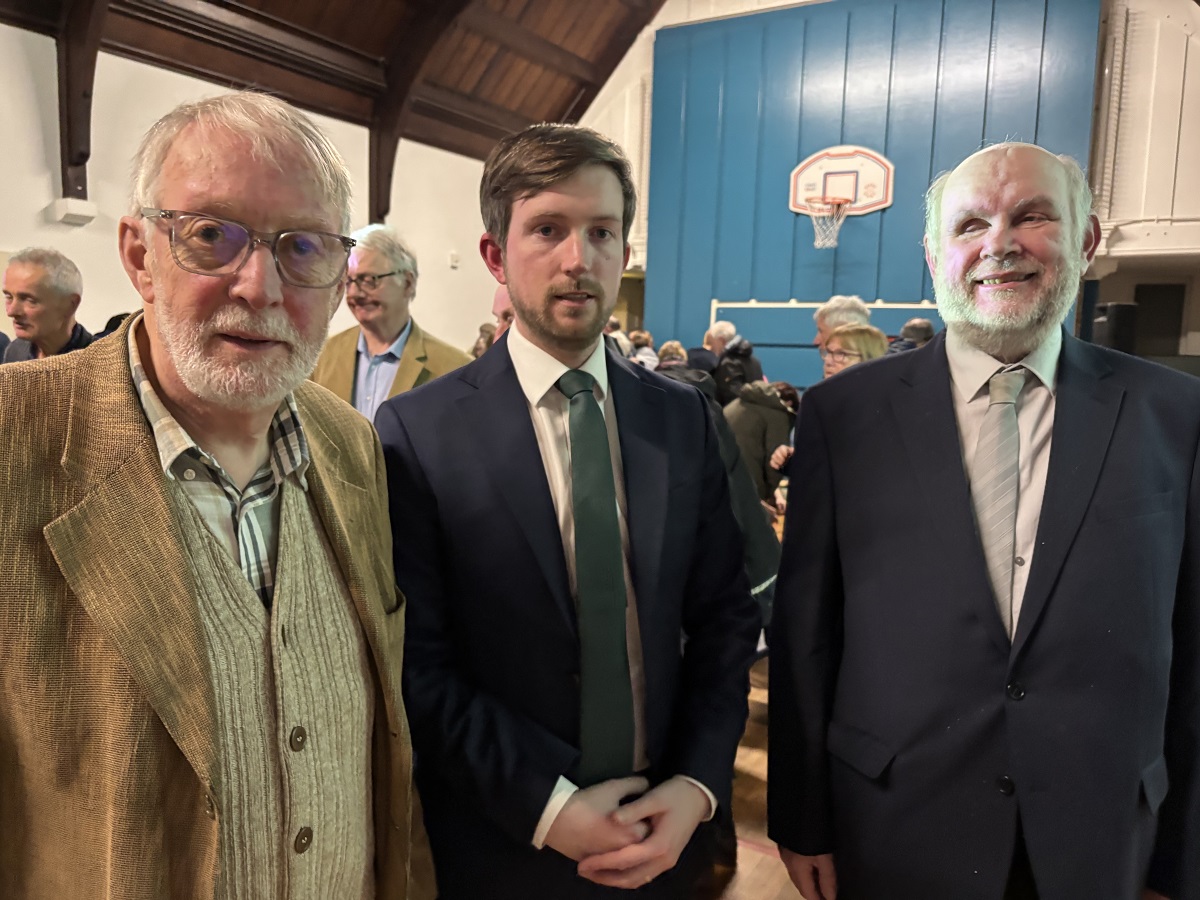
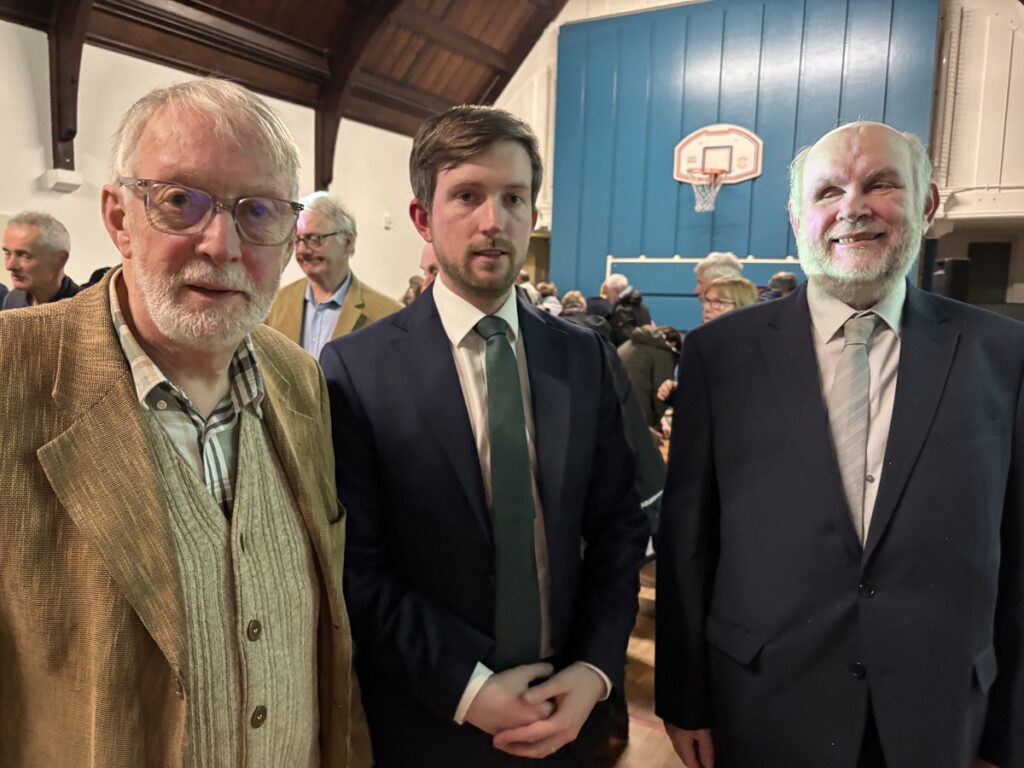
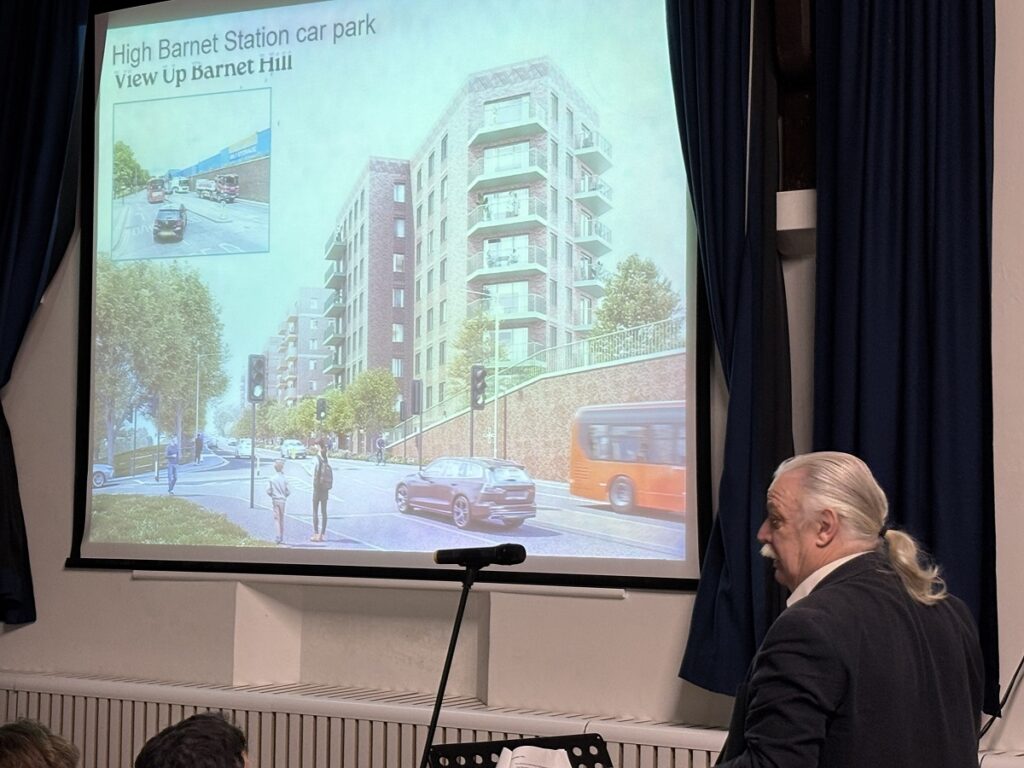
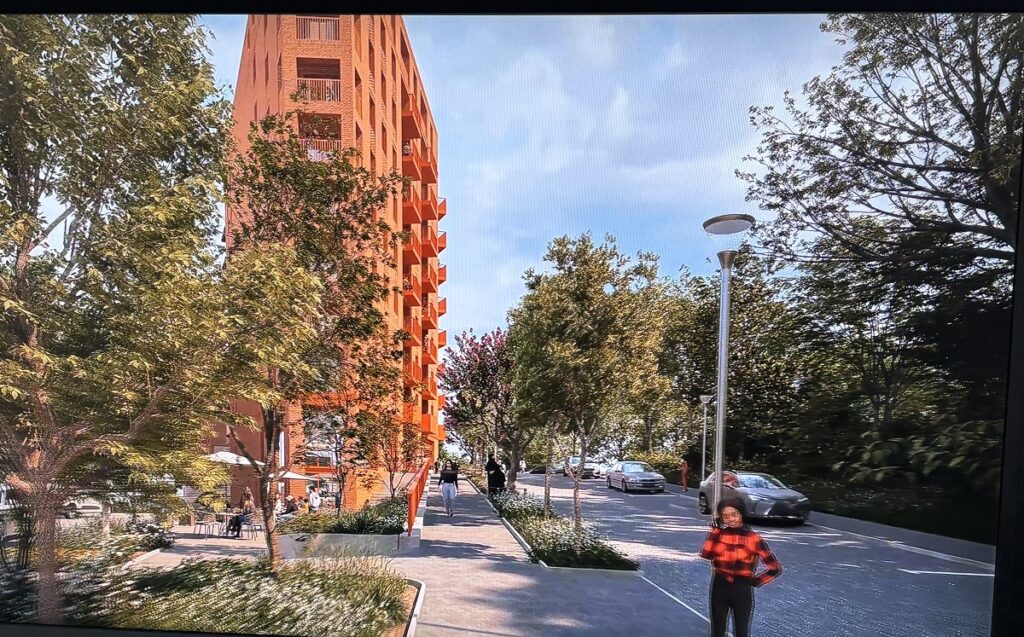
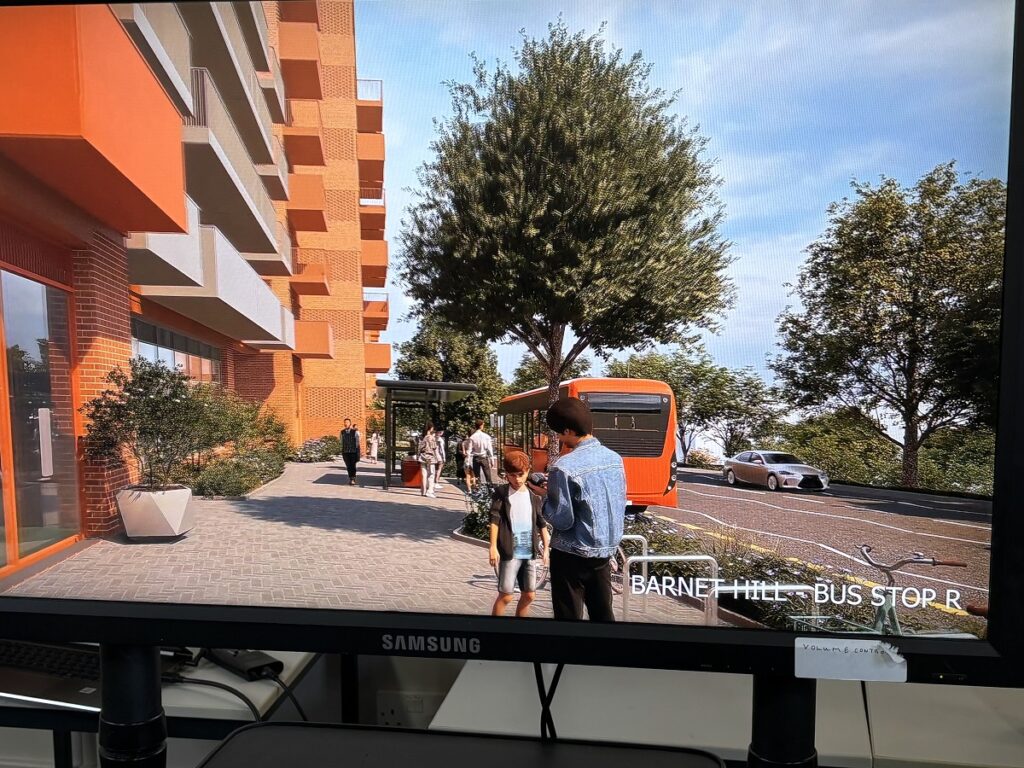
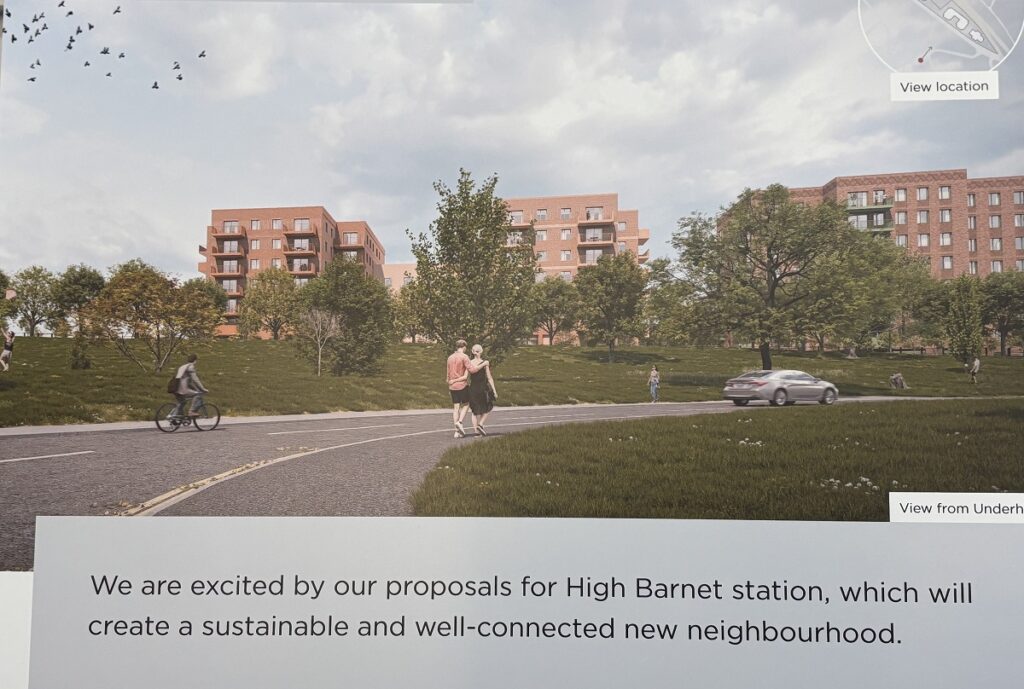
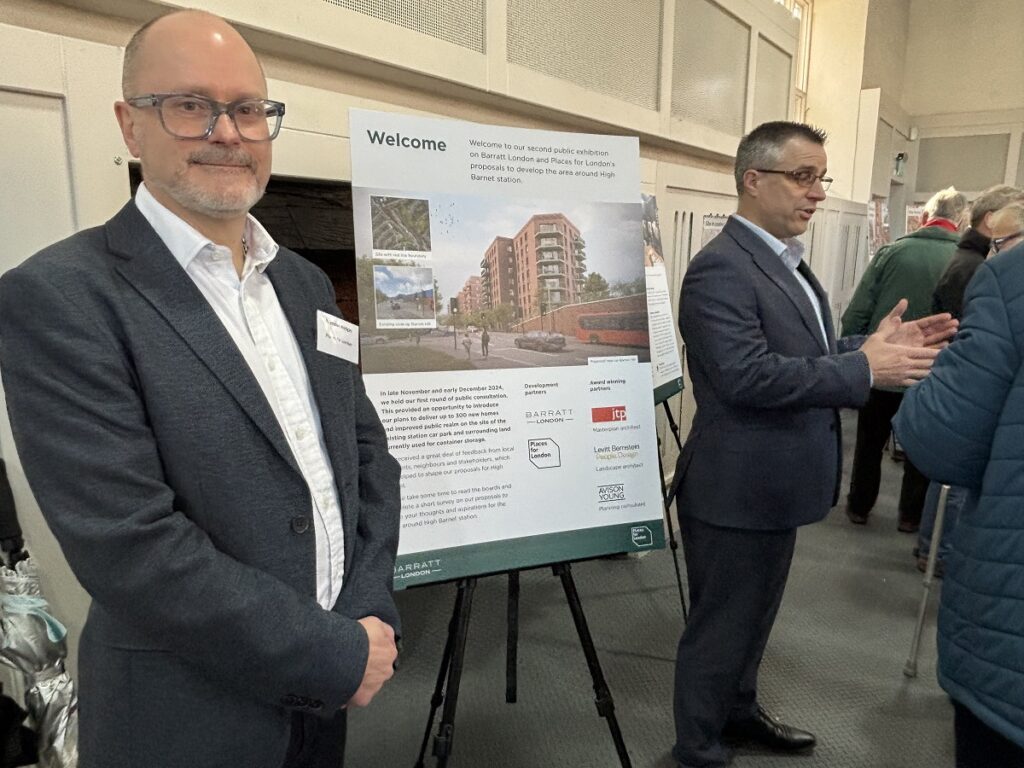
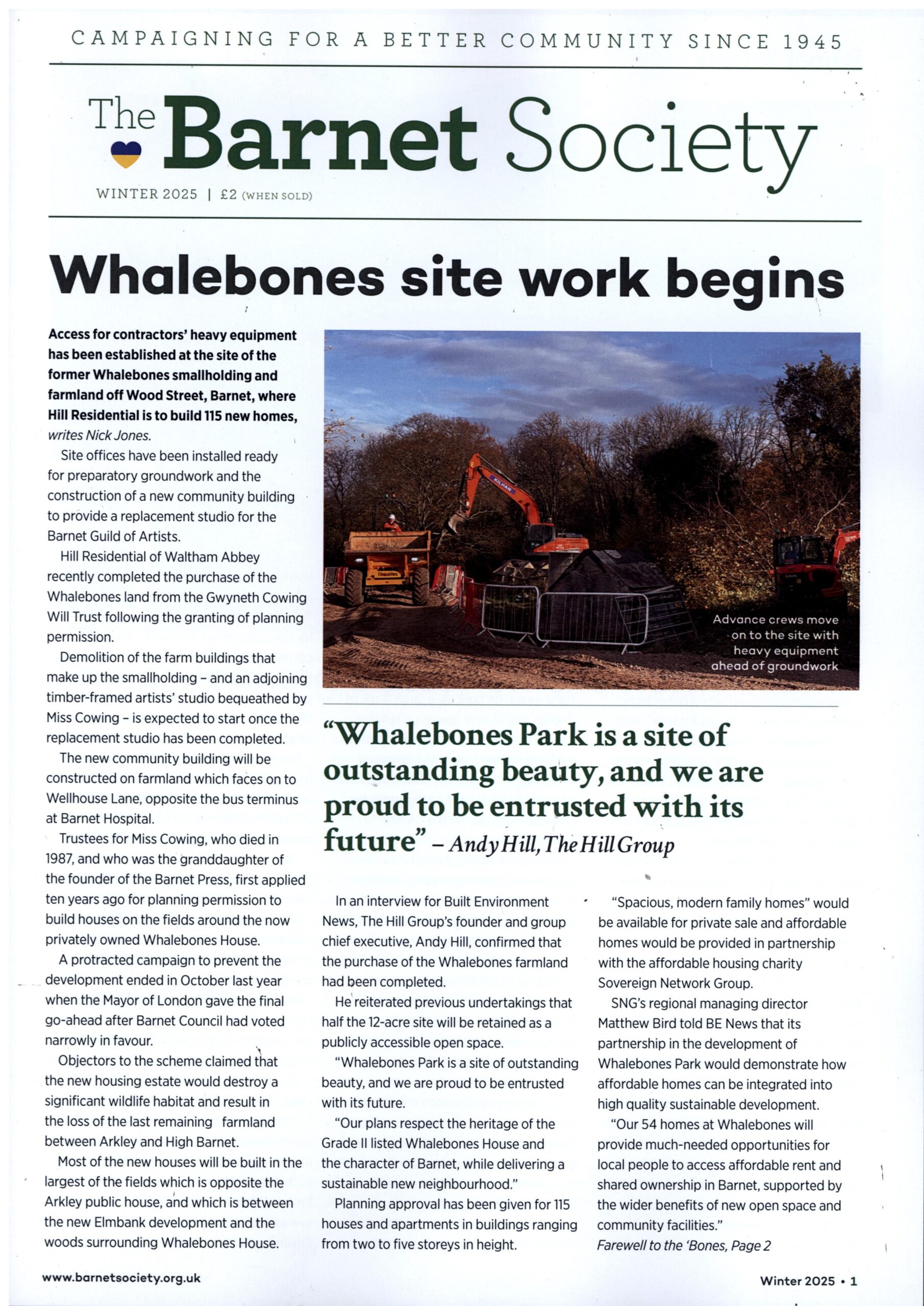
Robin Bishop posted a comment on Public consultation on proposed new house in Christchurch Lane spinney
Tom posted a comment on Public consultation on proposed new house in Christchurch Lane spinney
TERENCE DRISCOLL posted a comment on Years of neglect prompting residents’ bid to get Barnet’s former Quinta Youth Club registered as asset of community value
Disgruntled Resident posted a comment on Sad loss of an imposing Victorian villa built when New Barnet was developed after the opening of its main line railway station